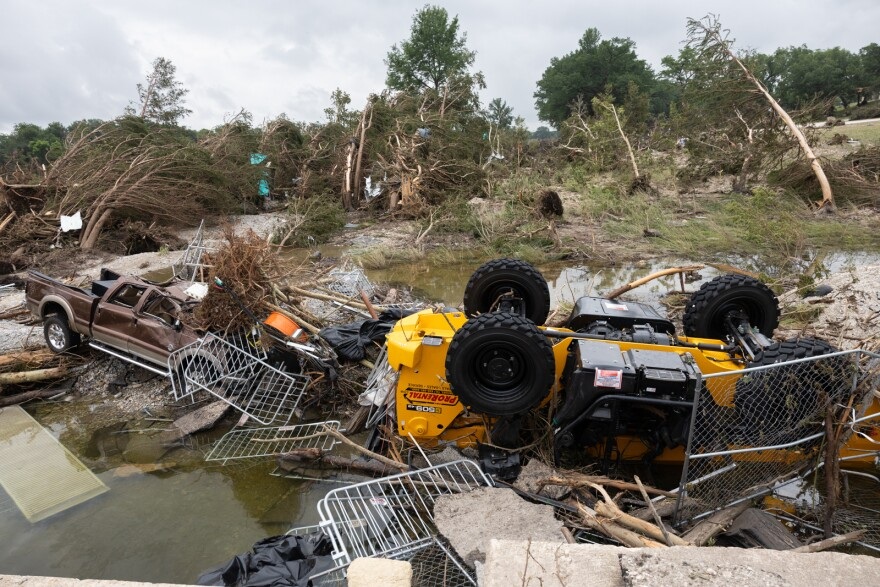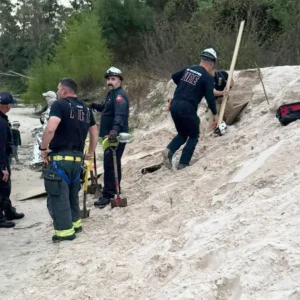Years of Inaction on Kerr County Flood Warning System Raise New Concerns
Despite repeated discussions since 2016, Kerr County still lacks a modern flood warning system—an issue that’s come under renewed scrutiny following the deadly July floods.
Meeting records show that the Kerr County flood warning system was discussed at least 20 times by county commissioners over the years, with the initial proposal dating back to March 2016. The proposal came from Commissioner Thomas Moser and Emergency Management Coordinator Dub Thomas, who emphasized the region’s high vulnerability to flash floods.
“Even though this is probably one of the highest flood-prone regions in the entire state,” Moser warned, “neighboring counties have far more advanced systems.”
Existing Tools Weren’t Built for Flood Warnings
Dub Thomas clarified in early meetings that Kerr County’s current water monitoring tools were not capable of providing real-time flood alerts.
“They are not flood control or flood warning systems,” he said. “We need a system that can be operated or controlled by a centralized location.”
Even so, after ten more mentions in commissioners’ meetings throughout 2016, the project was quietly shelved following the county’s failure to secure FEMA grant funding.

Attempts to Revive the Plan Fell Short
In November 2020, the flood system was mentioned again during a discussion on the FEMA emergency alert program.
“We’ve been trying to get a new Flood Warning System here,” Thomas reiterated. “We haven’t been able to do it.”
The last official mention by Kerr County commissioners came in July 2021. Since then, other local agencies have taken up the issue. In April, the Upper Guadalupe River Authority held a special meeting and unanimously approved a plan to hire a firm named Kisters to build a new warning system.
The company was slated to receive a contract worth nearly $73,000, though the current status of that contract remains unclear.
Local Officials Alarmed by Lack of Alerts During July Flooding
During the catastrophic flood event that struck Kerr County recently, Ingram City Council Member Ray Howard said he only received alerts from the National Weather Service, not from Kerr County itself.
“The river came up so fast. There should be early warning systems to get something, a warning, faster,” said Howard.
He stressed that cost remains a key obstacle:
“We need to get funding for that—for sirens or something that’s going to help out the community.”
Resistance Rooted in Aesthetics, Cost, and Tradition
Despite the known risk, some officials previously opposed the system on surprising grounds. According to 2016 meeting minutes, one commissioner joked:
“The thought of our beautiful Kerr County having these damn sirens going off in the middle of the night—I’m going to have to start drinking again to put up with y’all.”
Another voted against even submitting the FEMA grant application, calling the plan “a little extravagant for Kerr County.”
AI Manipulation: What My Failed Podcast Taught Me About Trust and Transparency
Instead, officials favored a traditional phone-based warning system known locally as “river calling.” This informal method involves a network of phone calls to warn camps of impending floods.
Howard dismissed that system as outdated and ineffective:
“Obviously calling from one place to another isn’t fast enough.”
What This Means for Kerr County Residents
With climate change increasing the intensity and frequency of extreme weather, Kerr County residents face growing risks without real-time flood alert infrastructure. Local officials are under mounting pressure to adopt modern solutions before the next emergency strikes.






